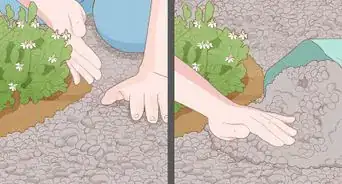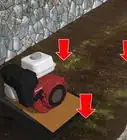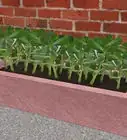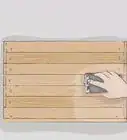X
wikiHow is a “wiki,” similar to Wikipedia, which means that many of our articles are co-written by multiple authors. To create this article, volunteer authors worked to edit and improve it over time.
This article has been viewed 63,549 times.
Learn more...
A large amount of sawdust can be generated from any woodworking operation, from cutting or sanding a few boards in your garage to running a full woodworking shop for a school or business. Sawdust is recyclable , and easily composted instead of being discarded in the trash. This will benefit the environment as well as providing you with an excellent soil conditioner. There are a few considerations that need to be taken when you recycle sawdust.
Steps
-
1Ensure that your wood has not been chemically treated. Chemically treated lumber (the most common form of this treatment is pressure treating) contains high levels of arsenic, chromium, and copper and is not suitable for composting.
- Pressure-treated lumber can be identified through the characteristic green tint of the treating compound. If your wood has been painted or you can otherwise not clearly identify this tinting, cut into a piece and examine the cross section. Pressure-treated wood will have a very distinct ring of green color that penetrates only about a half an inch (1 cm) into the wood (this applies to soft woods only).
- When you are working with both treated and untreated wood, take care to keep the sawdust from the 2 types separated when you plan to compost the untreated sawdust. This is best done by working with the untreated lumber first and sweeping up the sawdust before cutting any treated lumber. Also avoid using walnut wood and similar juglans, as their natural herbicide will kill many common garden plants like tomatoes.
-
2Measure the amount of sawdust you have. Sawdust is a carbon-rich or "brown" composting material, and therefore it will need to be paired with nitrogen-rich or "green" materials. Combining browns to greens in about a 4 to 1 ratio by volume will yield the ideal setting for decomposition; this ratio can be altered as necessary of course.
- Most organic materials that are still living or close to their living state are considered "green" materials. Examples of these materials include food scraps, fresh grass clipping, coffee grounds, and tea leaves.
- As an example, if you have around 8 liters (2.1 US gal) of sawdust, you will want to add it to your compost pile along with about 2 liters (0.5 US gal) of nitrogen-rich material. An easy way to quickly gather nitrogen-rich material is to cut your lawn and use the clippings.
Advertisement -
3Add the sawdust to your compost pile. Once you have prepared both the sawdust and the green material to go along with it, both can be added directly to your compost pile.
- Ideally, the outermost layer of your compost pile should be completely composed of carbon-rich materials (like sawdust). To achieve this, you can add the green materials and then spread sawdust on top of them.
-
4Adjust the moisture level of the compost pile. The beneficial microorganisms that aid in decomposition need moisture to proceed, and it is a good idea to check the moisture content of your compost pile any time you add new materials. Ideally, a handful of compost should feel like a wrung-out sponge. Adding water after introducing sawdust is especially important for 2 reasons.
- The first reason is that sawdust is hygroscopic, meaning that it will tend to absorb a high amount of water. If it is added dry to a compost pile, it will pull moisture away from your existing compost and dry those materials out.
- The second reason is that sawdust poses the risk of flying away in windy weather. This risk can be mitigated by dampening the sawdust with water.
-
5Keep the compost pile thoroughly aerated. Aeration is important in any compost pile, as aerobic bacteria need a continual supply of oxygen to break down your compost. This task becomes especially important when adding large amounts of sawdust to your compost pile.
- As sawdust is composed of very small pieces of material, it can easily become compacted and obstruct the air flow through your compost pile.
- To avoid this type of compacting, use a garden fork and turn over your your compost pile regularly; especially when adding new material.
Advertisement
Community Q&A
-
QuestionI would like to compost truckloads of citrus waste, sawdust, and rice hulls. Is this possible, or are the sawdust and citrus too acidic?
 Community AnswerAnything that rots can be composted, and acidity can be overcome with lime. It seems the greater problem is aeration; citrus and sawdust would reduce to a sludge. I would think that in order to compost them, they would have to be mixed with soil and/or sand and would require periodic turning.
Community AnswerAnything that rots can be composted, and acidity can be overcome with lime. It seems the greater problem is aeration; citrus and sawdust would reduce to a sludge. I would think that in order to compost them, they would have to be mixed with soil and/or sand and would require periodic turning.
Advertisement
Things You'll Need
- Sawdust
- Nitrogen-rich materials
- Water
References
About This Article
Advertisement
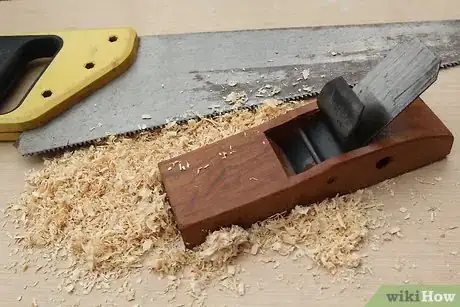
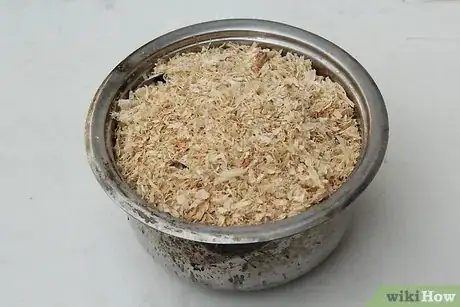
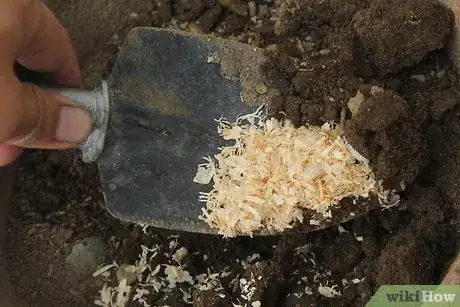
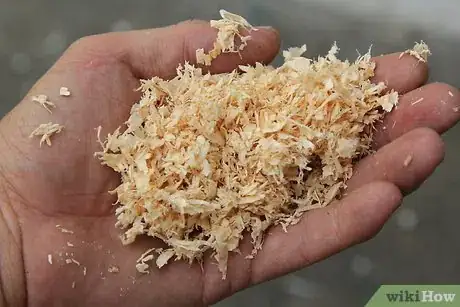
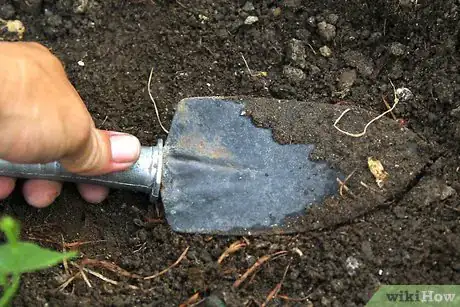
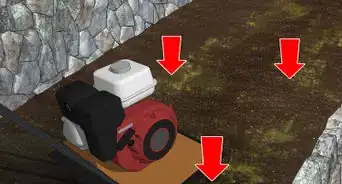
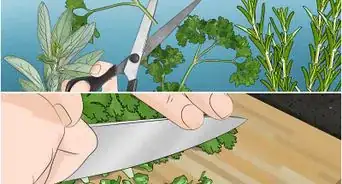


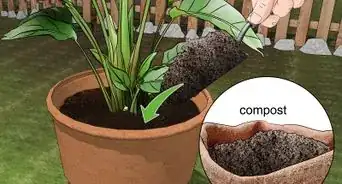
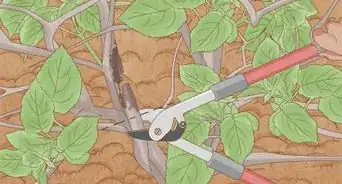

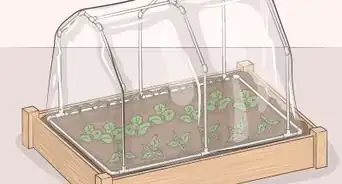
-Oven-Step-15.webp)



